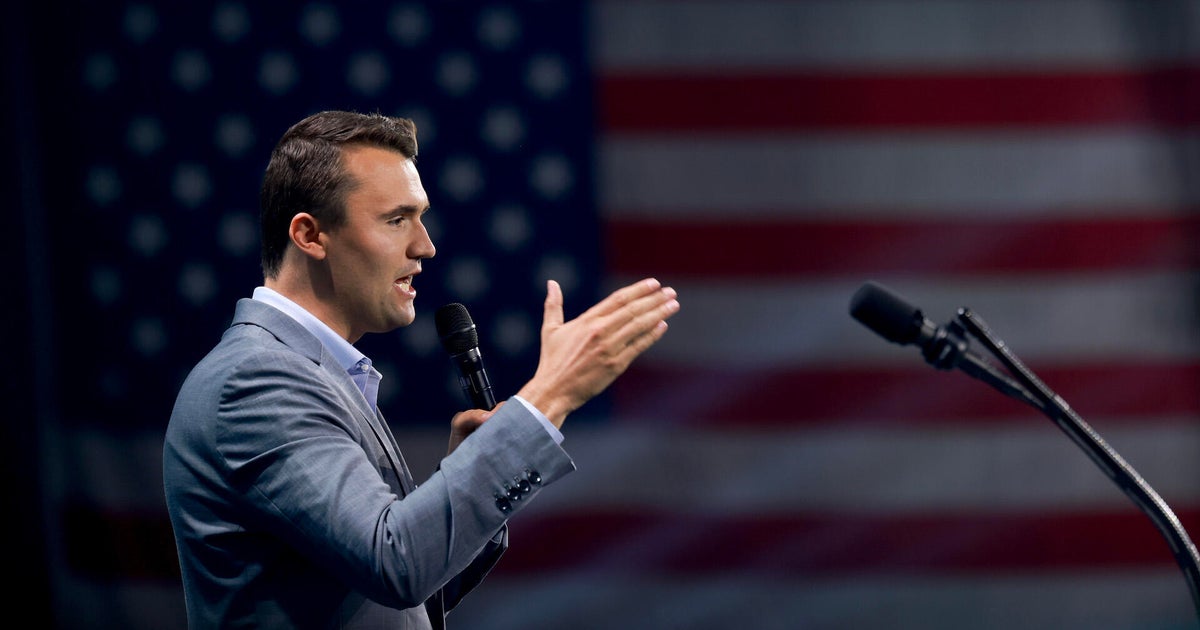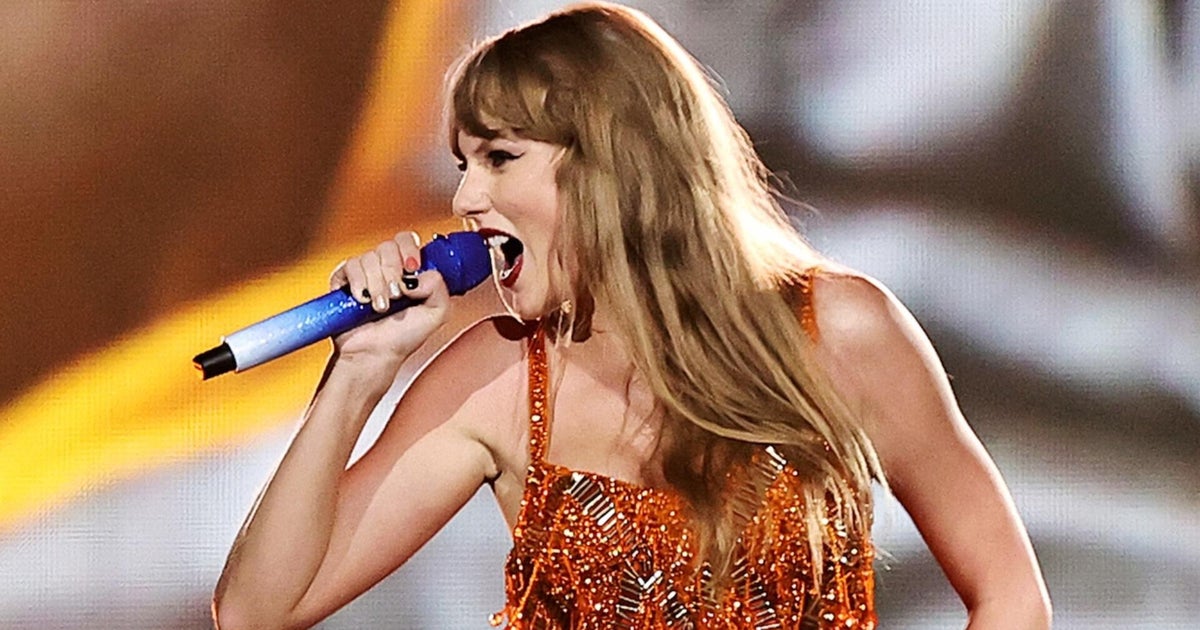By David Pierson, Mujib Mashal and Nataliya Vasilyeva
September 1, 2025 — 12.01pm
Tianjin, China: Chinese President Xi Jinping could hardly have scripted a more favourable moment. This weekend, the leaders of India and Russia joined him at a security summit in China; one leader pushed away by US President Donald Trump’s tariffs, the other brought out of isolation by his embrace.
For Prime Minister Narendra Modi of India, US tariffs on Indian goods have raised doubts about leaning too heavily on Washington. For President Vladimir Putin of Russia, his red-carpet treatment in Alaska by Trump blunted Western efforts to punish him for the invasion of Ukraine.

Russian President Vladimir Putin (centre left), Chinese President Xi Jinping (centre) and his wife Peng Liyuan (centre right), line up alongside other leaders at the Sunday welcoming ceremony for the Shanghai Co-operation Organisation summit.Credit: AP
At the centre is Xi, turning America’s alienation of India into an opportunity, and finding validation for his own long alignment with Putin.
The summit of more than 20 leaders, mostly from Central Asia, followed by a military parade in Beijing showcasing China’s newest missiles and warplanes, is not just pageantry. It shows how Xi is trying to turn history, diplomacy, and military might into tools for reshaping a global order that has been dominated by the United States.
Loading
“The success of Xi’s foreign policy strategy is reflected in the parade of leaders travelling to China,” said Jonathan Czin, a fellow at the Brookings Institution who previously worked at the CIA analysing Chinese politics.
“Indeed, Xi today probably feels more besieged by visiting heads of state than encircled by the United States and its allies and partners.”
Xi, Putin and Modi are attending the summit of the Shanghai Co-operation Organisation, a Eurasian security group led by China and Russia, in the eastern city of Tianjin on Sunday and Monday.
On Wednesday, Xi will preside over a military parade in Beijing commemorating the 80th anniversary of the end of World War II – portraying the conflict as a triumph led by the Communist Party. (Many historians, however, believe it was the Chinese Nationalists who did most of the fighting.)
Until recently, Beijing’s closeness to Moscow had drawn pressure from Washington. But that tension appears to have eased in part because of a warming of ties between the US and Russia. Trump lavished praise on Putin in Alaska in August and later echoed the Kremlin’s position that Ukraine needed to cede land to bring an end to the war.
Xi now appears vindicated for standing by Putin, and analysts say the leaders will use the summit in Tianjin to promote a vision of a world less dominated by the US.

Mutual self-interest has brought Putin and Xi closer together. Credit: AP
Xi can also thank the Trump administration for accelerating an easing of tensions between China and India, which had seen their relations crater in 2020 after a series of bloody border skirmishes. New Delhi has been frustrated by the doubling of US tariffs on Indian goods to a whopping 50 per cent, leading to calls for a rebalancing towards China.
Modi, who had drawn closer to the US during the Biden administration to counter Beijing, is visiting China for the first time in seven years by attending the summit. (He will not be present at the military parade, though, unlike Putin and the North Korean dictator, Kim Jong-un.)
“Good neighbours”
In a meeting with Modi on Sunday, Xi said China and India should be “partners rather than rivals” and that they should offer “opportunities for each other’s development rather than threats” in what could be read as a subtle jab at Trump. Xi also reiterated Beijing’s stance that disputes over the shared border should not define bilateral relations.

Indian prime minister and “good neighbour” Narendra Modi meets Xi on the summit sidelines.Credit: AP
“Being good neighbours and friends, partners who achieve mutual success, and realising the ‘dance of the dragon and the elephant’ should be the right choice for both China and India,” Xi said, according to Chinese state media, evoking the two nations’ symbolic creatures.
Modi echoed Xi, saying that the two countries should not be “rivals” and that “peace and tranquillity” in the border areas was important for bilateral relations, according to a readout from India’s Ministry of External Affairs.
Loading
The convergence of Putin and Modi in China, as well as leaders from dozens of other emerging economies, including Turkey, Egypt, Malaysia and Pakistan, contrasts with the growing discord within the US alliance with European and Asian countries.
Some of those cracks were on display recently when European leaders, shut out of peace talks, felt the need to rush to Washington to persuade Trump not to cave to Russian demands over peace terms in Ukraine. Trump also ruffled feathers with an ally again this past week when he heaped praise on Kim during a meeting in the Oval Office with President Lee Jae Myung of South Korea.
Many US allies in Europe and Asia view China as a formidable threat to fair trade, democracy and regional stability. The last of those concerns will be underscored by the military parade that is expected to feature new anti-ship missiles, which could be deployed in a war over Taiwan.
China has tried to use Washington’s disorder to persuade countries such as India to reassess their relationship with the US. At the same time, Beijing fears Washington will pressure other countries to restrict trade with China at a time when the Chinese economy has been badly weakened by a property slump and price wars.
Loading
“Give the bully an inch, he will take a mile,” Xu Feihong, the Chinese ambassador to India, wrote on the social platform X about US tariffs.
At a recent seminar in New Delhi, Xu said India and China had a responsibility to take a bigger role in global leadership to push back against US “hegemony and power politics”. He called the neighbours the “double engines” of economic growth in Asia, using a phrase that Modi often uses in domestic politics.
Russia, a country firmly in Beijing’s camp, needs less persuasion. Moscow has been using groups such as the Shanghai Co-operation Organisation to deepen ties with China, India and other countries that have become increasingly important to its sanctions-hit economy since Russian troops invaded Ukraine in 2022.

A show at a Beijing shopping mall promoting good relations and trade with Russia ahead of Vladimir Putin’s arrival.Credit: Getty
Loading
Russian oil is certain to come up in the conversations between Putin, Xi and Modi. The Trump administration’s tariffs on India for buying Russian crude have allowed China to become an even larger buyer than it was before without facing similar consequences as India, analysts’ reports show.
More than anything, the summit and parade will allow Putin and Xi to reaffirm their close relationship, a partnership that the West has tried and largely failed to break.
China’s relations with Russia will most likely continue to be “excellent”, said Zhou Bo, a retired senior colonel in the People’s Liberation Army of China now at Tsinghua University in Beijing. Attempts by the West to drive a wedge, he added, were nothing but “wishful thinking”.
This article originally appeared in The New York Times.
Most Viewed in World
Loading


















































